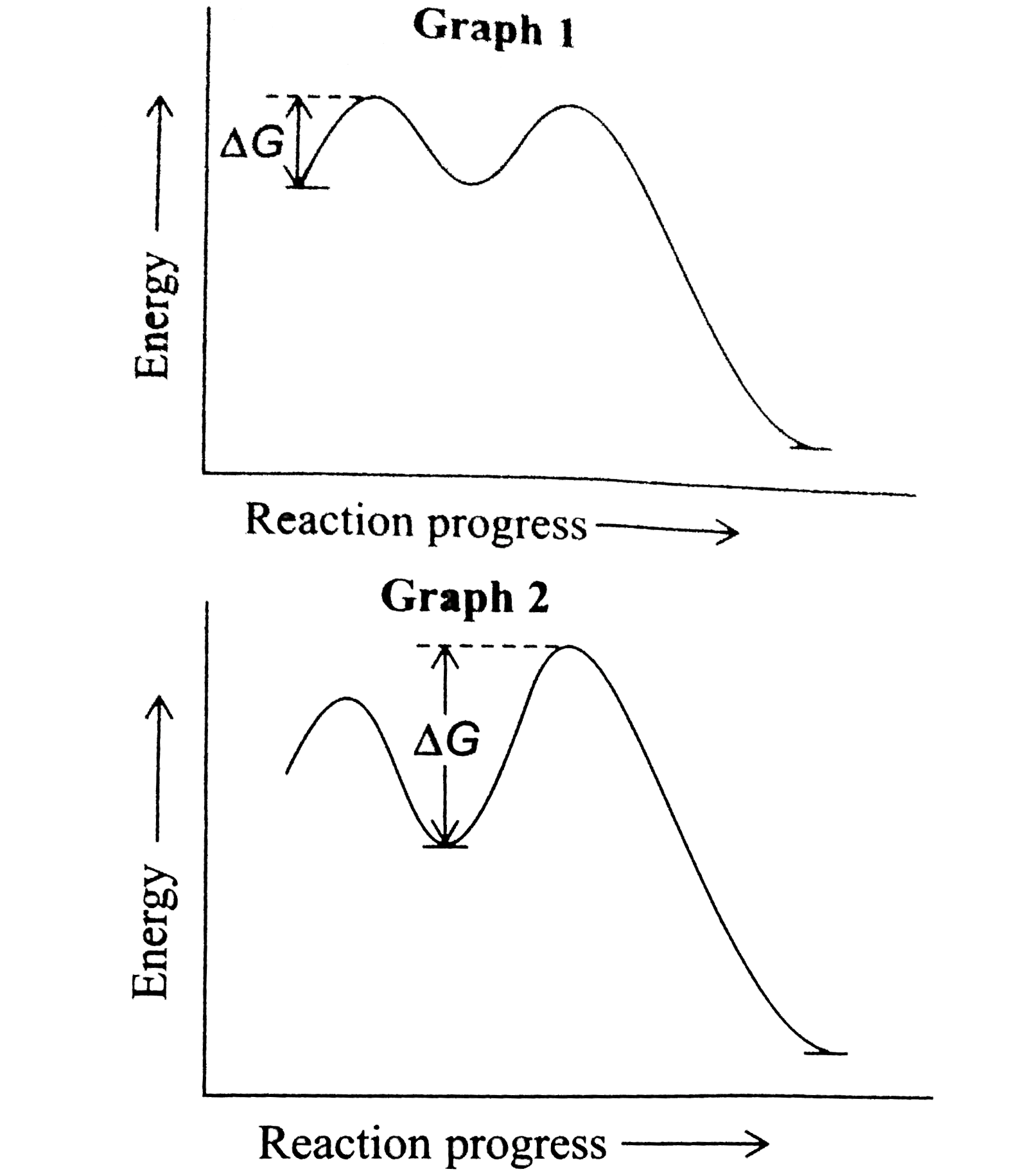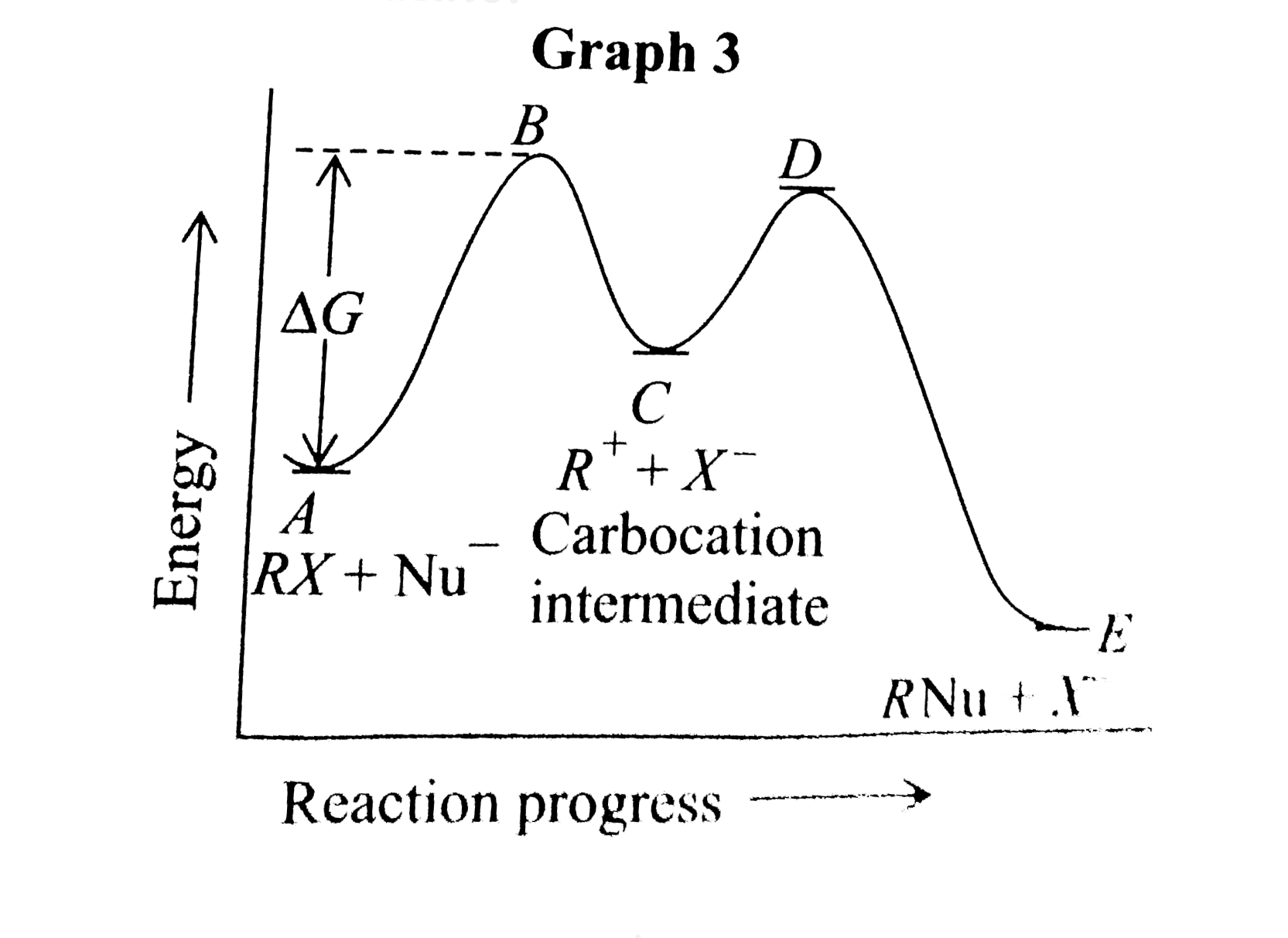Why is it that the dark reaction is the rate limiting step in photosynthesis?
Step-by-Step Solution:
1. Understanding Photosynthesis: Photosynthesis consists of two main stages: light reactions and dark reactions (Calvin cycle). Light reactions occur in the presence of sunlight, while dark reactions can occur in the absence of light.
2. Defining Dark Reactions: Dark reactions, also known as the Calvin cycle, take place in the stroma of chloroplasts. They involve the fixation of carbon dioxide (CO2) and the synthesis of glucose using ATP and NADPH produced during light reactions.
3. Rate Limiting Step: A rate-limiting step in a biochemical pathway is the slowest step that determines the overall rate of the process. In photosynthesis, the dark reaction is considered the rate-limiting step because it occurs at a slower rate compared to the light reactions.
4. Factors Contributing to Slow Rate: The dark reaction is influenced by several factors:
- Enzyme Activity: The enzymes involved in the Calvin cycle, such as RuBisCO, can be slow in catalyzing reactions.
- Availability of Substrates: The concentration of CO2 and the regeneration of ribulose bisphosphate (RuBP) can limit the speed of the dark reactions.
- Dependence on Light Reactions: The dark reactions rely on the products (ATP and NADPH) generated during light reactions. If light reactions are not occurring at a sufficient rate, the dark reactions will also slow down.
5. Conclusion: Due to its slower rate compared to light reactions, the dark reaction is termed the rate-limiting step in photosynthesis. This means that even if light reactions are occurring rapidly, the overall rate of photosynthesis is constrained by the speed of the dark reactions.
---
- Enzyme Activity: The enzymes involved in the Calvin cycle, such as RuBisCO, can be slow in catalyzing reactions.
- Availability of Substrates: The concentration of CO2 and the regeneration of ribulose bisphosphate (RuBP) can limit the speed of the dark reactions.
- Dependence on Light Reactions: The dark reactions rely on the products (ATP and NADPH) generated during light reactions. If light reactions are not occurring at a sufficient rate, the dark reactions will also slow down.
Topper's Solved these Questions
- BOOK - MODERN PUBLICATIONCHAPTER - PHOTOSYNTHESIS IN HIGHER PLANTSEXERCISE - NCERT FILE ( NCERT EXERCISE QUESTIONS )9videos
PHOTOSYNTHESIS IN HIGHER PLANTS
- BOOK - MODERN PUBLICATIONCHAPTER - PHOTOSYNTHESIS IN HIGHER PLANTSEXERCISE - NCERT FILE ( NCERT EXEMPLAR PROBLEMS ) (A. MULTIPLE CHOICE QUESTIONS )14videos
PHOTOSYNTHESIS IN HIGHER PLANTS
- BOOK - MODERN PUBLICATIONCHAPTER - PHOTOSYNTHESIS IN HIGHER PLANTSEXERCISE - CHAPTER PRACTICE TEST9videos
PHOTOSYNTHESIS IN HIGHER PLANTS
- BOOK - MODERN PUBLICATIONCHAPTER - NEURAL CONTROL AND COORDINATIONEXERCISE - Chapter Practice Test11videos
NEURAL CONTROL AND COORDINATION
- BOOK - MODERN PUBLICATIONCHAPTER - PLANT GROWTH AND DEVELOPMENTEXERCISE - CASE BASED SHORT ANSWER TYPE QUESTIONS1videos
PLANT GROWTH AND DEVELOPMENT
Similar Questions
Knowledge Check
- Question 1 - Select One
First step in photosynthesis is
Areleases of O2 and adsorption of CO2Bbreakdown of waterCformation of GlucoseDabsorption of light energy by chlorophyll - Question 2 - Select One
the first step in photosynthesis is the
AJoining of 3-carbon atom to form GlucoseBFormation of ATPCIonization of waterDExcitement of an electron of chlorophyll by photon of light. - Question 3 - Select One
The first step in photosynthesis is the
AJoining of three carbon atoms to from glucoseBFormation of ATPCIonization of waterDExcitement of an electron of chlorphyll by a photon of life
The first step in photosynthesis is the
View SolutionThe steps of dark reactions are
View SolutionFirst step of the dark reaction during the photosynthesis:-
View SolutionDuring the dark reactions of photosynthesis :
View SolutionSN1 reaction is a first order nucleophilic substitution e.g.
CH3−CH3∣C∣CH3−Br+H2O→CH3−CH3∣C∣CH3−OH+HBr
The concentration of nucleophile does not appear in the rate law expression.
Reaction rate k[RX]
In a mulptistep organic reaction , the rate-limiting step is the slowest step . Rate determining step is represented by the following energy level diagram:
A reaction energy level diagram for an SN1 reaction .The rate limiting step is spontaneous dissociation of an alkyl halide to give a carbocation intermediate:

In the graph 3 for SN1 reaction the rate limiting step is the spontaneous dissociation of alkyl halide and is given byView Solution

